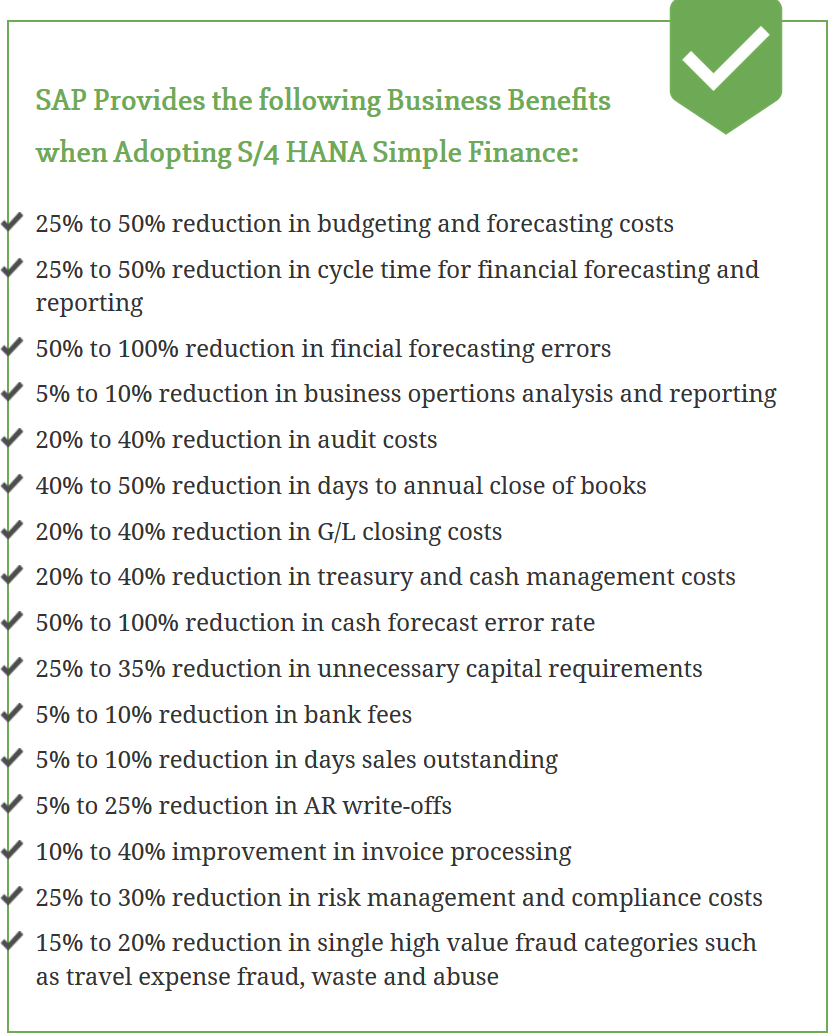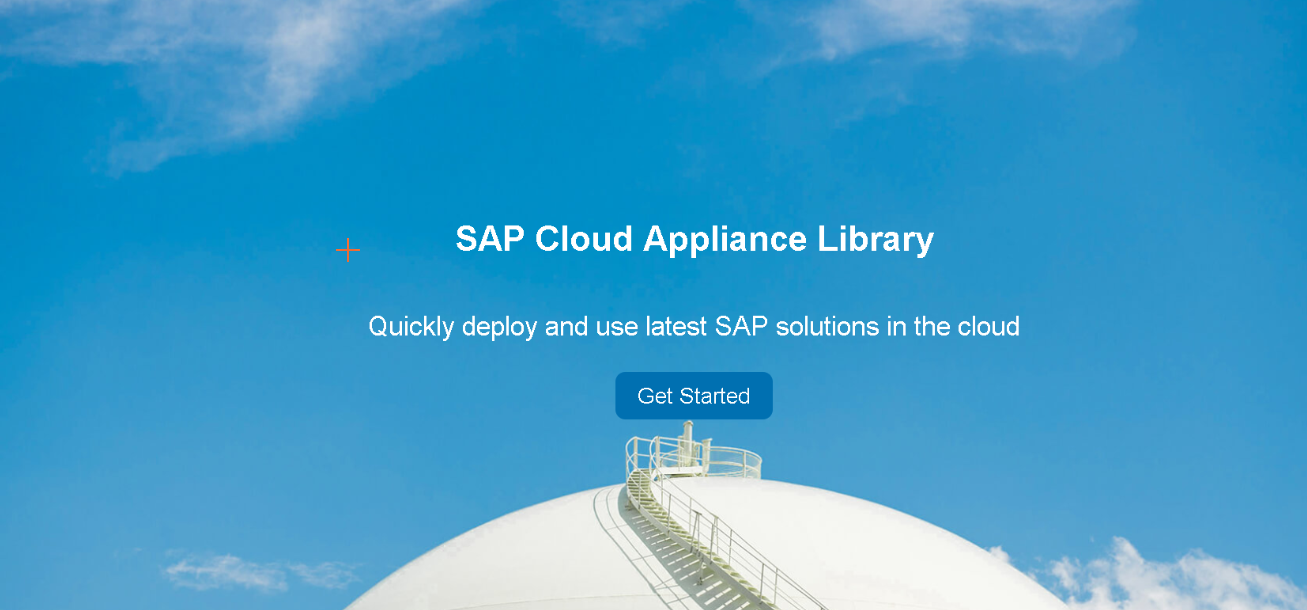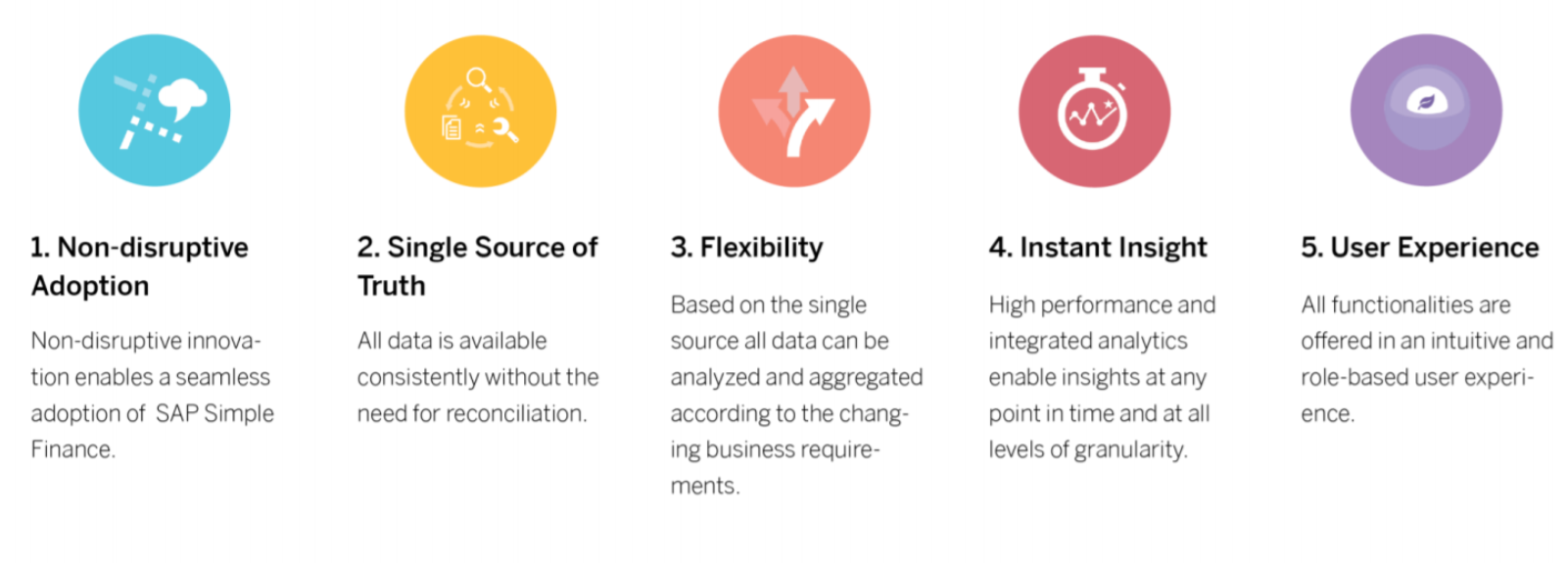 Anthony Cecchini is the President and CTO of Information Technology Partners (ITP), an ERP technology consulting company headquartered now in Virginia, with offices in Vienna. ITP offers comprehensive planning, resource allocation, implementation, upgrade, and training assistance to companies. Anthony has over 20 years of experience in SAP business process analysis and SAP systems integration. ITP is an Appian and Pegasystems iBPM Low-code and RPA Value Added Service Partner. You can reach him at [email protected].
Anthony Cecchini is the President and CTO of Information Technology Partners (ITP), an ERP technology consulting company headquartered now in Virginia, with offices in Vienna. ITP offers comprehensive planning, resource allocation, implementation, upgrade, and training assistance to companies. Anthony has over 20 years of experience in SAP business process analysis and SAP systems integration. ITP is an Appian and Pegasystems iBPM Low-code and RPA Value Added Service Partner. You can reach him at [email protected].
Let’s start with a quick review of SAP HANA and SAP Suite on HANA.
SAP HANA is an in-memory database that can process real-time data. The speed needed to analyze this data is a result of storing the data in RAM and in columnar DB structure. This eliminates the lag time caused by transferring data from HD to RAM. The data is available to the CPU anytime it is needed, allowing real-time processing. We have a great blog on this called The ABAP Developer Road Map to SAP HANA, it is definitely worth a read – especially if your a developer.
Business Suite on HANA (sometimes called SAP Suite on HANA) is the starting point for companies migrating SAP ECC solutions to the HANA platform. No application layer changes are required. It does not provide data simplification. Again, last month’s blog called What is SAP Suite on Hana (SoH) can fill you in on everything you need to know.
SAP describes S/4HANA as an intelligent (Enterprise Resource Planning) ERP suite of tools created specifically for in-memory computing. Like Business Suite on HANA, SAP S/4HANA runs in memory, but adds Data Model Simplification. SAP is also moving S/4HANA closer to real-time insights and business context while simultaneously freeing resources from repetitive tasks with each new release. For example, take a look at this post – SAP S/4HANA 1709 release incorporated SAP Leonardo Machine Learning capabilities and predictive analytics.
You can run S/4HANA in the cloud or on-premise. If you have a subscription, you can download a free trial from the SAP Cloud Appliance Library.
If you don’t have access to the SAP Cloud Appliance Library, Open SAP has a free self-paced tutorial: SAP S/4 HANA in a Nutshell that is open to anyone.
Suite on Hana referred to as Hana Business Suite is the base platform. Business Suite runs on the HANA platform and offers tools for most business functions.
S/4HANA is where you need to be by 2025. Let’s take a look at the additional features that SAP added to S/4HANA.

S/4HANA is not a legal successor of any SAP Business Suite product. It is a new product, built entirely on one of the most advanced in-memory platforms today – SAP HANA – and incorporates modern design principles through the SAP Fiori user experience (UX).
SAP S/4HANA delivers massive simplifications (customer adoption, data model, user experience, decision making, business processes and models) and innovations (Internet of Things, Big Data, business networks, and mobile-first) to help businesses Run Simple in the digital economy. Through its approach to building S/4HANA, SAP is re-architecting its solution for modern business processes that the ever-increasing digitization of the world demands. Re-architecting a solution that has been growing over the past 25 years and has, at points, evolved into different data structures and architectures means that SAP has to decide on one data structure and architecture as they move forward. This is the only way that SAP can prepare the solution for increased simplicity and faster innovation cycles.
Lets look at an example, In the current ERP system, including SoH, we have two general ledgers: the classical general ledger and the new general ledger. The new general ledger was introduced mainly as a result of the need to support multiple valuation methods. As progressed in S/4HANA, SAP naturally had to decide on one general ledger structure. They went with the structure of the new general ledger, which offers much higher flexibility.
The same applies to custom code that has been implemented. This code has grown over time, and experience has shown that a large share of custom code is not even used anymore. Simplifying these custom extensions will benefit the general simplification of your system. To ease this process, SAP will provide a tool to perform analysis to identify custom code, thereby quantifying the effort involved in custom code migration into S/4 Hana.
So, For a typical ERP 6.x customer, moving to the SAP S/4HANA On-premise edition requires a database migration to SAP HANA (if the customer is not yet running SAP HANA), followed by the installation of the new simplified code. Changes in adaption on the customer’s side are also required.
Based on the “Simplification List for SAP S/4HANA”, SAP will provide information about the SAP S/4HANA On-Premise delivery related simplifications for each application/functional area. The Simplification List is a collection of individual “Simplification Items” that focus on what needs to be considered throughout an implementation or system conversion project from SAP ERP 6.X Customers to SAP S/4HANA On-premise edition.
Lets take a look at the Finance and Supply chain simplifications and benefits expected when moving to S/4….
SAP S/4HANA Finance is a comprehensive set of financial management and accounting solutions, covering financial planning and analysis, accounting and financial close, treasury and financial risk management, collaborative finance operations, and enterprise risk and compliance management powered by the SAP HANA in-memory. Simple Finance cuts out redundancies in the financial data to simplify the data Model and takes the simplification a step further to provide real-time access to financial performance data.

The supply chain tools in SAP S/4 HANA optimizes logistics, manufacturing, and asset management records for SAP Leonardo. SAP S/4HANA Supply Chain integrates with SAP Ariba, SAP Integrated Business Planning (IBP), and SAP Connected Goods. Once this data is stored in a central location, SAP provides machine learning tools that can be used to make data-driven decisions.
The ability to analyze supply chain data in real-time increases forecast accuracy and reduces supply chain management costs. S/4 HANA procurement features coordinate with the supply chain management tools to optimize inventory levels, improve production planning, track process improvement, and keep on top of maintenance operations. SAP appears to be focusing primarily on inventory optimization with the current release.
SAP designed S/4HANA to be flexible enough to do almost any job that might be needed from data aging features to HR and sales management.
SAP plans to release several updates to the S/4HANA portfolio each year. The upcoming releases will offer additional intelligent ERP features that continue to integrate machine learning, and predictive analytics. Future releases will extend integration options and add more training materials for developers.
Summary
SAP S/4HANA delivers massive simplifications (customer adoption, data model, user experience, decision making, business processes and models) and innovations (Internet of Things, Big Data, business networks, and mobile-first) to help businesses Run Simple in the digital economy. Through its approach to building S/4HANA, SAP is re-architecting its solution for modern business processes that the ever-increasing digitization of the world demands. Re-architecting a solution that has been growing over the past 25 years and has, at points, evolved into different data structures and architectures means that we also have to decide on one data structure and architecture as we move forward. This is the only way that SAP can prepare the solution for increased simplicity and faster innovation cycles.








